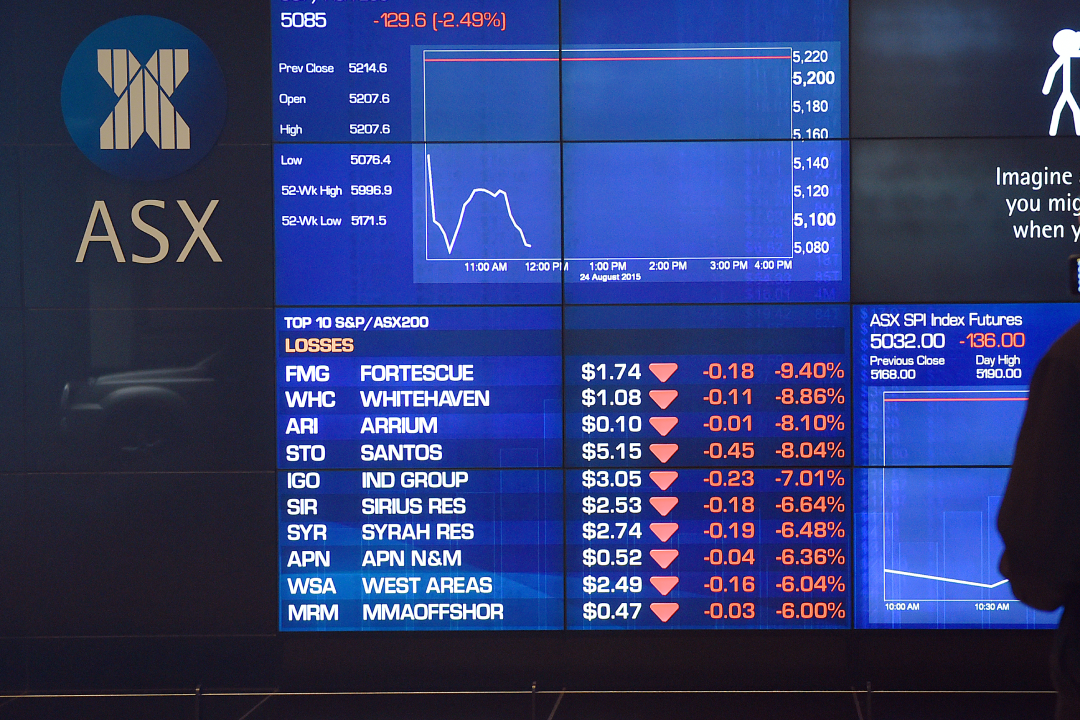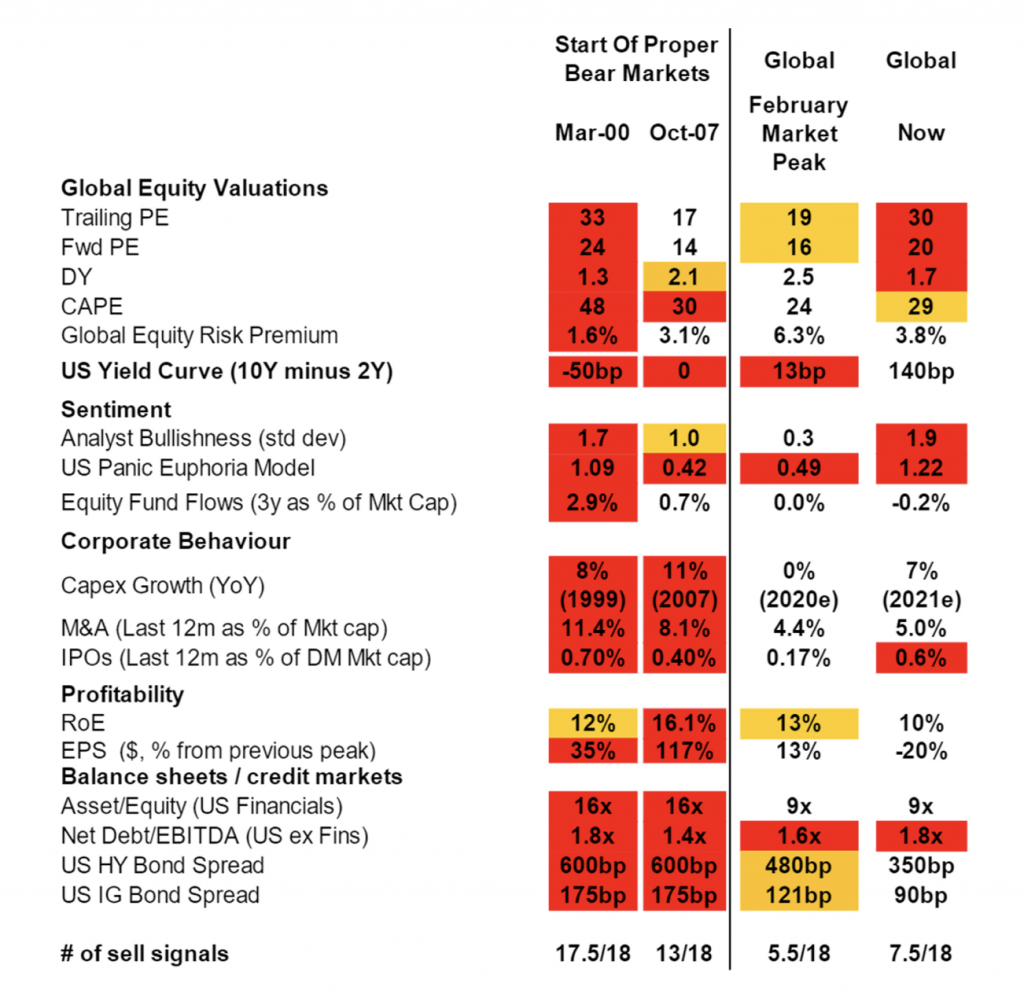

Stocks are expected to rise today with all three US market indices in positive territory, but the reliability of a one-day rise isn’t anything like an uptrend. And while these rises will be welcomed by investors and speculators alike, the question I keep getting from readers, viewers, subscribers, clients and even people in the street is: should we prepare for a market crash with recession talk on the rise?
Right now we have a perfect storm of threats to stock markets, which explains why the Nasdaq is off 22% since November last year. The S&P 500 is down about 14% and the Dow 10%, so we’ve either had a shakeout (which is a buying opportunity) or this is the prelude to a stock market crash.
Here are the reasons to be spooked about a crash:
1. The Ukraine war is forcing inflation up and slowing global growth, hitting oil and food prices in particular.
2. China keeps going into lockdown and this is not good for global growth. It forces up the costs of imported inputs into production worldwide, as well as makes consumer goods dearer. All this is another bad development for an inflation rate that’s already too high.
3. The Fed is set to raise interest rates by 0.5% this week and there is a fear in bond markets that too many rate rises could create a US recession.
OK, that’s the mad, bad and dangerous stuff but what have we got arguing the case that this past sell-off has made the overbought US market more realistically valued and the outlook could be rosier than doomsday merchants would have it? Here goes the case for the positive:
1. Evidence suggests US inflation is peaking.
2. US earnings were better than expected — 55% of US S&P 500 companies have reported March quarter earnings and 81.3% beat expectations versus a norm of 76%. Consensus earnings expectations for the quarter have moved up to 7.9% year-on-year from 4.3% at the start of the reporting season.
3. AMP capital’s Shane Oliver says: “China has seen some slowing in new covid cases but is continuing to see restrictions, including in Beijing, threatening Chinese growth and commodity prices and adding to global supply chain disruptions. However, its lockdowns are likely to be relatively short and the April politburo meeting signalled more stimulus to meet its growth targets.”
4. This might be too optimistic but I assume a Ukraine peace agreement could show up over the next three months, which would bring down oil prices, push up confidence, kickstart economic growth again along with a shot in the arm for stocks.
5. Finally, these developments could hose down the fire hotting up inflation and the Fed might have fewer rate rises or at least impose them at a slower rate, which would excite the stock market.
Right now, a lot of the stocks sell-off is because investors are shunning more speculative, high-growth, tech stocks and others like them, in response to the expectation of rising interest rates, which reduces the current discounted value of future profits of these companies. And many of them use borrowed funds so their future stories have been made less positive but many experts think the sell-offs have been excessive.
This has led to patient long-term investors seeing this sell-off as a buying opportunity. But is it?
This is what Shane Oliver thinks about stocks going forward: “Our base case for investment markets remains that US, global and Australian recession will be avoided over the next 18 months at least and this will enable share markets to have reasonable returns on a 12-month horizon.”
And this is what I regard as a historically strong assessor of whether a stock market is on the way up or down. It’s called the Citi Bear Market Checklist, which has a pretty good track record, looking at 18 possible reasons to get out of stocks.
Ahead of the dot-com bust in 2000, 17.5 out of 18 indicators were flashing warning red flags that an investor should be looking to go very defensive.
With the GFC, there were 13 out of 18 flashing red but we were blindsided by ratings agencies not telling us everything about collateralised debt obligations or CDOs, which were financial products based on debts – most notoriously, residential mortgages – which were sold by banks to other banks and institutional investors.
It didn’t pick the Coronavirus crash because no one ever thought a pandemic would create a shutdown of the global economy.
Anyway, the current score is 7.5 out of 18, which tells me that we shouldn’t be too panicked into worrying about a crash anytime soon.

This is the take on the numbers from marketindex.com:
“The Citi team led by Mert Genc found that stock-market focused indicators — like valuations and initial public offering activity — are showing signs of late-cycle excess. It’s not hard to find signs of excess in global equity markets right now,” said Genc.
But other measures on the checklist, including corporate profitability and the yield curve, are consistent with an early cycle. The overall index registers a 7.5 out of 18 — and the bank recommends buying dips when the index is below 10.”
All this helps me maintain the faith in stocks for 2022 into 2023 but I will keep checking that list!